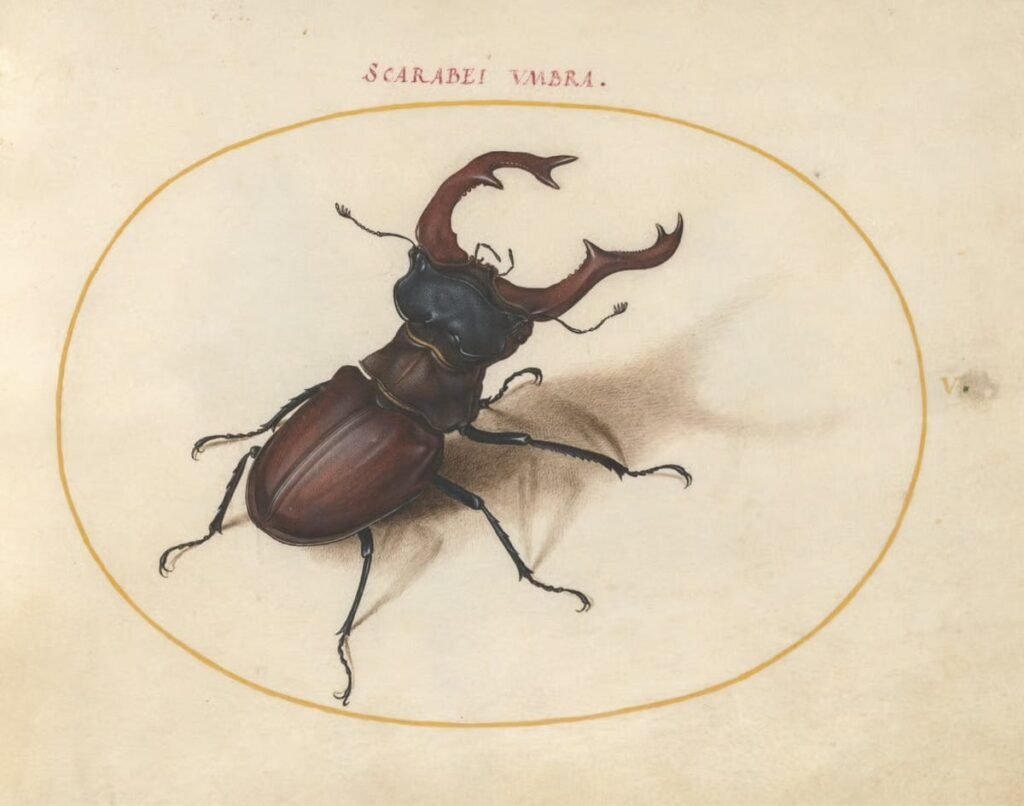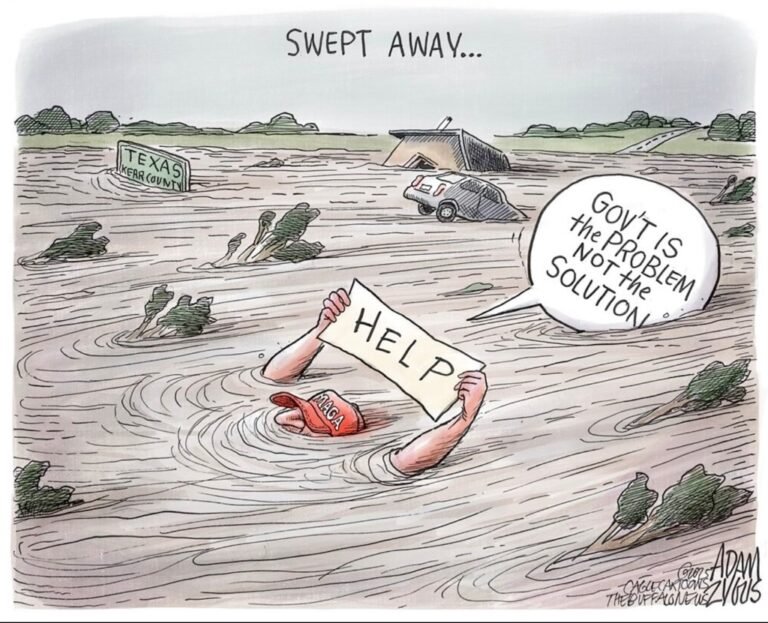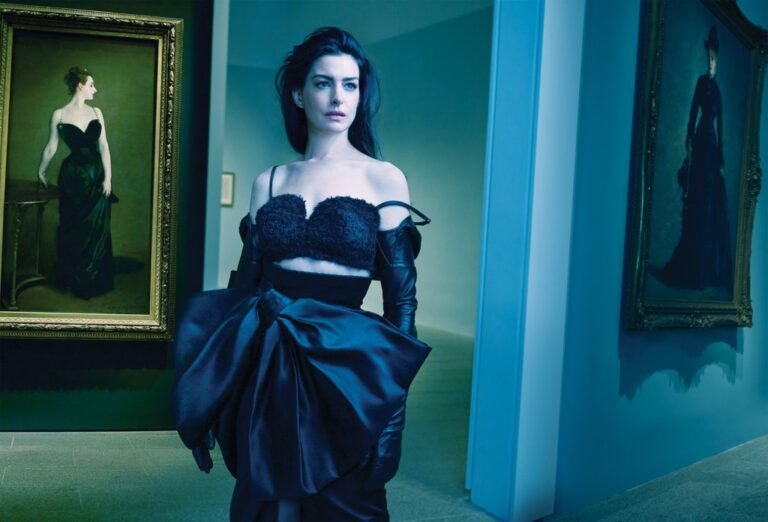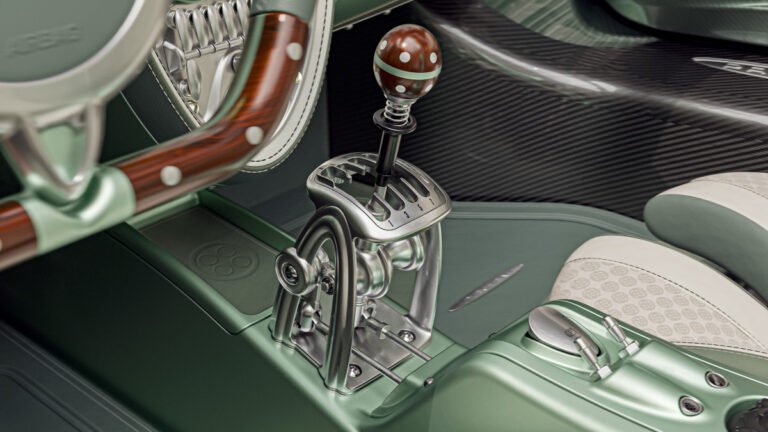

Nearly a century before the invention of the microscope and even longer before entomology became a field of research, Joris Hoefnagel (1542-1600) devoted himself to studying the natural world. The 16th-century polymath created an enormous multi-volume collection called The Four Elements, which contained more than 300 watercolor renderings, each depicted with exceptional detail.
As Evan Puschak of the YouTube channel Nerdwriter1 (previously) explains, Hoefnagel showed unparalleled talent in his field. Compared to one of his predecessors, Albrecht Dürer, Hoefnagel draws with a painstaking commitment to precision and accuracy, even depicting specimens’ shadows with impeccable fidelity. As Kottke writes, “his paintings were so accurate that if he’d lived 200 years later, you would have called him a naturalist.”
While drawings in three of the books appear to mimic other scientific renderings of the period, Hoefnagel seems to have created his works by studying the insects themselves and sometimes even included parts of their bodies in his compositions. His Fire volume, full of beetles, butterflies, and other arthropods, is thought to be the first of its kind.
Some of Hoefnagel’s works are on view at the National Gallery of Art in Little Beasts: Art, Wonder, and the Natural World, which ventures back to the 16th and 17th centuries to explore how artists and naturalists have historically been aligned. It’s also worth looking at the museum’s interactive archive that lets viewers zoom in on several of Hoefnagel’s drawings.




Do stories and artists like this matter to you? Become a Colossal Member today and support independent arts publishing for as little as $7 per month. The article The 16th-Century Artist Who Created the First Compendium of Insect Drawings appeared first on Colossal.






